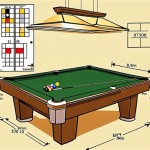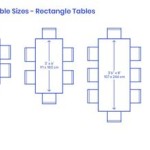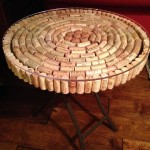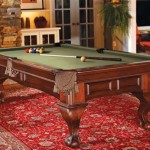Table Setting Russian Style
Russian table setting, like many aspects of Russian culture, reflects a rich history and a strong emphasis on hospitality. While modern lifestyles have led to some adaptations, the core principles of traditional Russian table setting remain important. This article will delve into the essential elements of this distinct approach to table presentation, exploring the significance of each component and offering insights into its cultural context.
The Importance of Place Setting
In Russian culture, the act of setting the table is viewed as a vital part of preparing for a meal. It signifies respect for the guests and communicates an intention to create a warm and inviting atmosphere. Each element of the place setting holds symbolic meaning and is carefully chosen to enhance the dining experience.
Traditionally, the placement of the dinner plate is considered the centerpiece, with all other utensils and accessories arranged around it. The fork is positioned to the left of the plate, while the knife is placed to the right. The arrangement of the silverware itself can vary depending on the formality of the occasion, with more formal settings often involving multiple forks and knives for different courses.
The use of a tablecloth is considered an essential part of Russian table setting. White tablecloths, often adorned with lace or embroidery, symbolize purity and are favored for formal occasions. Linens with traditional patterns or colors can be used for more casual gatherings. The tablecloth serves not only as a decorative element but also as a practical tool for protecting the table and ensuring a clean and hygienic dining surface.
The Significance of Bread and Salt
In Russian culture, bread and salt hold profound symbolic meaning. Bread is seen as a symbol of life and prosperity, while salt represents purity and protection. Offering bread and salt to guests is a traditional custom that signifies hospitality and welcoming.
When presenting bread and salt, they are typically placed on a small, decorative dish, known as a “salt cellar.” This dish can be made of wood, metal, or ceramics. The bread is usually sliced and offered to guests alongside the salt cellar.
The placement of bread and salt on the table varies. Sometimes, they are located at the center of the table, serving as a focal point. In other settings, they might be placed near the head of the table, where the host sits. Regardless of their placement, bread and salt hold a prominent place in Russian table settings.
The Role of Souvenirs and Decorations
Russian table settings often incorporate decorative elements that reflect the host’s personality and style. This can include traditional folk art, antique silverware, or family heirlooms. Incorporating these items adds a personal touch and contributes to the overall atmosphere of the dining experience.
Flowers are also a common decorative element in Russian table settings. A bouquet of fresh flowers is often displayed in the center of the table or at the head of the table, adding a touch of elegance and fragrance. The choice of flowers can be seasonal, reflecting the current time of year, or chosen to complement the occasion.
In addition to decorations, souvenirs and other trinkets might be included as part of the table setting. These items can represent personal interests, family history, or travel memories. These small elements can add a unique touch to the dining experience and spark conversations among guests.
By embracing these traditions, Russian table setting goes beyond mere functionality, becoming a reflection of cultural values, hospitality, and the importance of creating a warm and welcoming atmosphere for guests.

Ultimate Guide To Russian Food Beverage Service Style Table Setting Etiquette Wedding Place Settings Formal

The Art Of Table Settings Thehouseandhome Com

Superyacht Service Standards Table Settings Yp

Table Setting Russian Set Up

Table Settings Across Countries

Advantages And Disadvantages Of Russian Service Dining Etiquette Restaurant Table Setting Settings

Have Fun Class Table Setting And Food Service

Table Service Styles Placements And Functions Polo Tweed

Russian Table Set Up

Tablesetting Food Beve Table Setting In Russian








